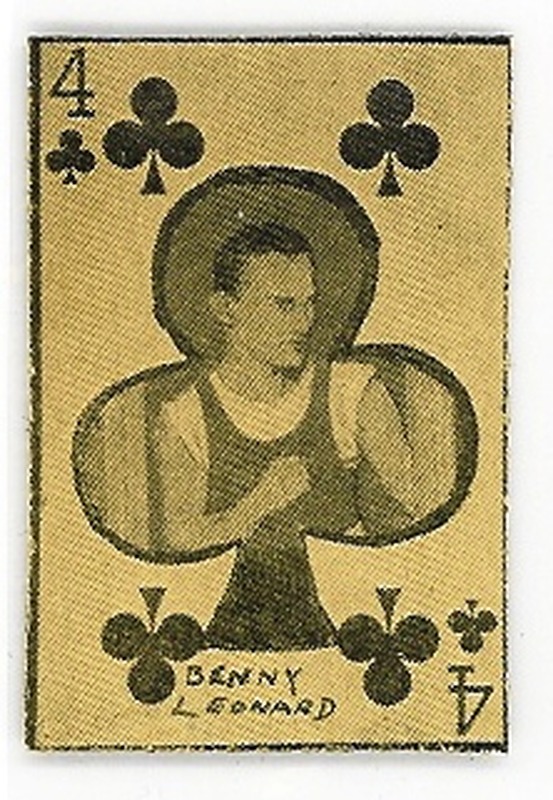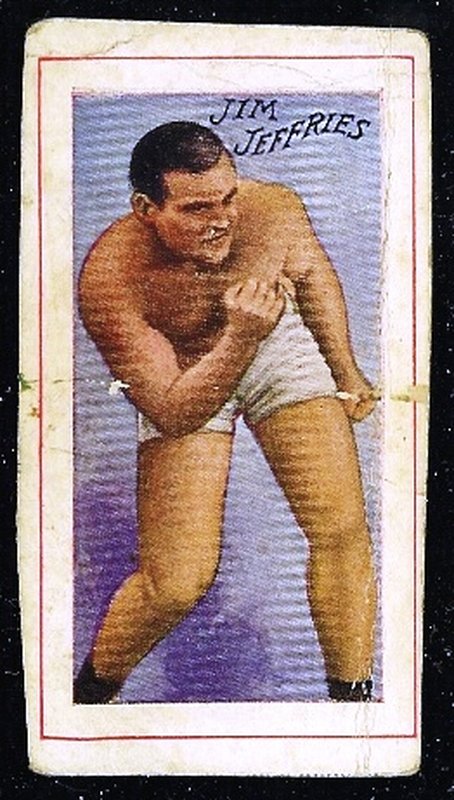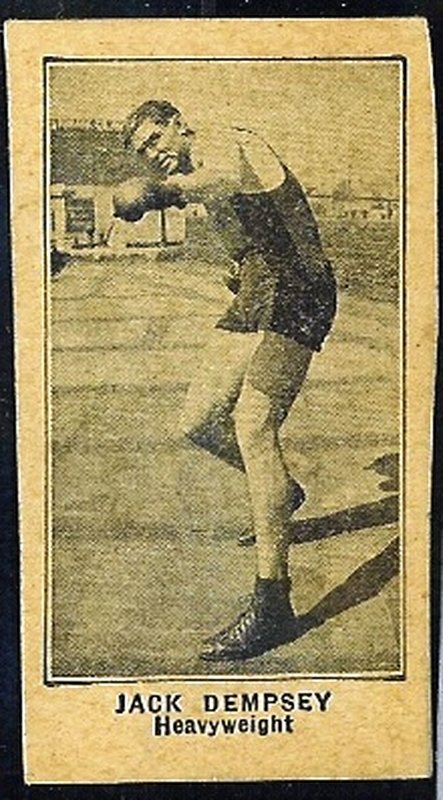Maybe it is a question of semantics, Leon. I think of "border" in this context as a line defining the breaks between cards on the sheet or strip. W565, for example, has a distinct color border around each card.

If the card has color showing all the way around, it is full. If it is missing color on one or more side or portion, it is not a full card. Here is an example from the mixed sport "E79/E95" style cards:

I'd say the border on that card is the red line. If it shows red line all around it is full, if not, it isn't.
W590 doesn't have anything delineating the break between the cards. You could cut it right to the margin of the next card or right to its margin and still arguably have a full card. And the top and bottom rows are frequently found with a giant border, as the illustrations show, owing to the large margins on the edges of the sheets.
I do agree that it can get very confusing when the same design is used for different sets, or where the set is known both handcut and machine cut (1926 Spalding and W580 come to mind).
W580 machine cut, allegedly for far east export:

W580 typical:

And, if we are talking a set that was intended to be cut and that has definite borders, I don't see why a numerical grade is inappropriate.